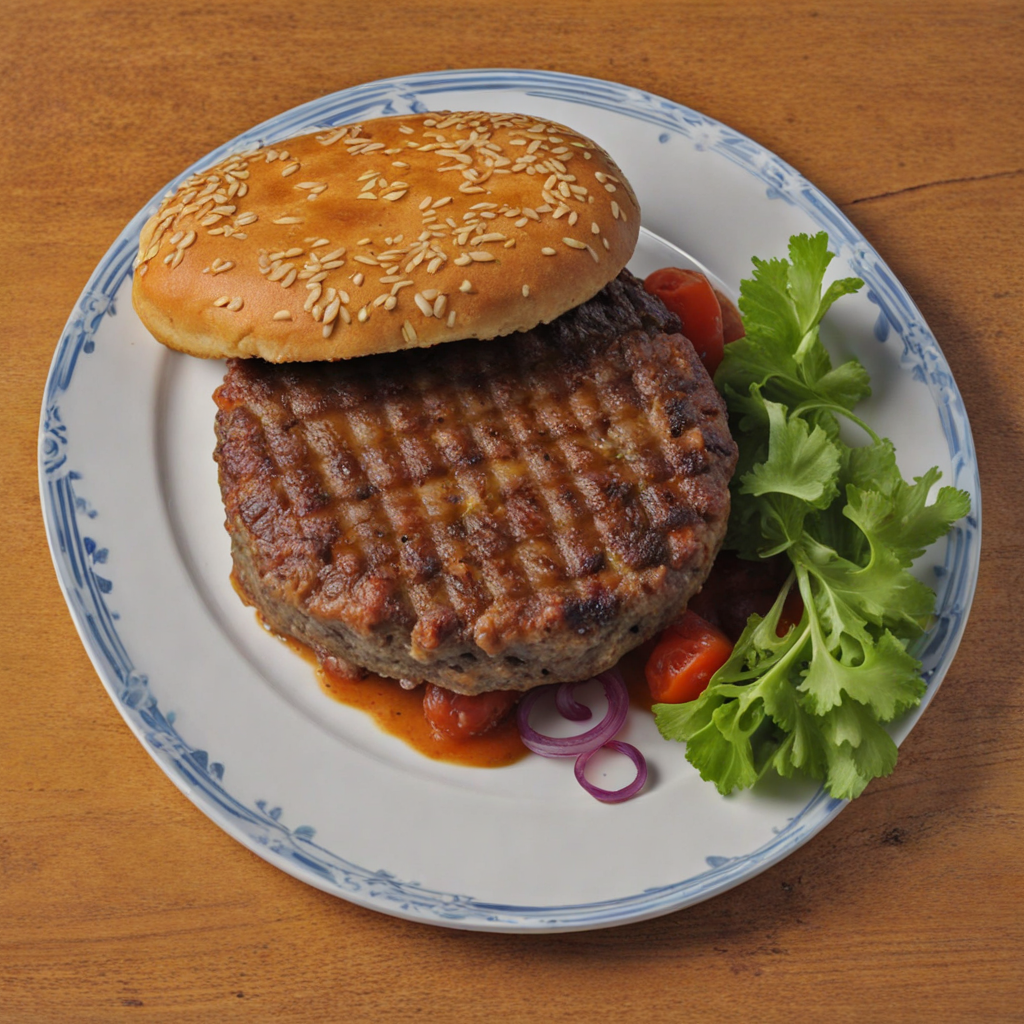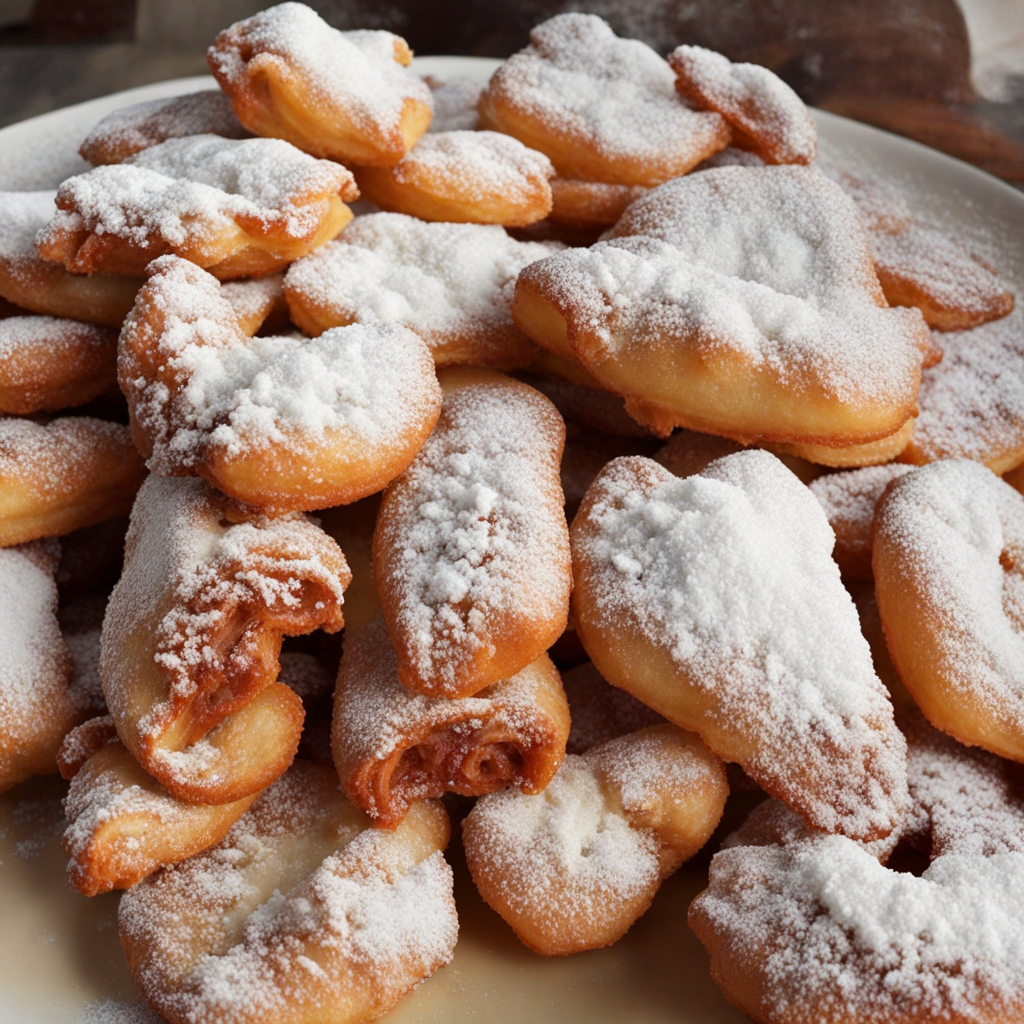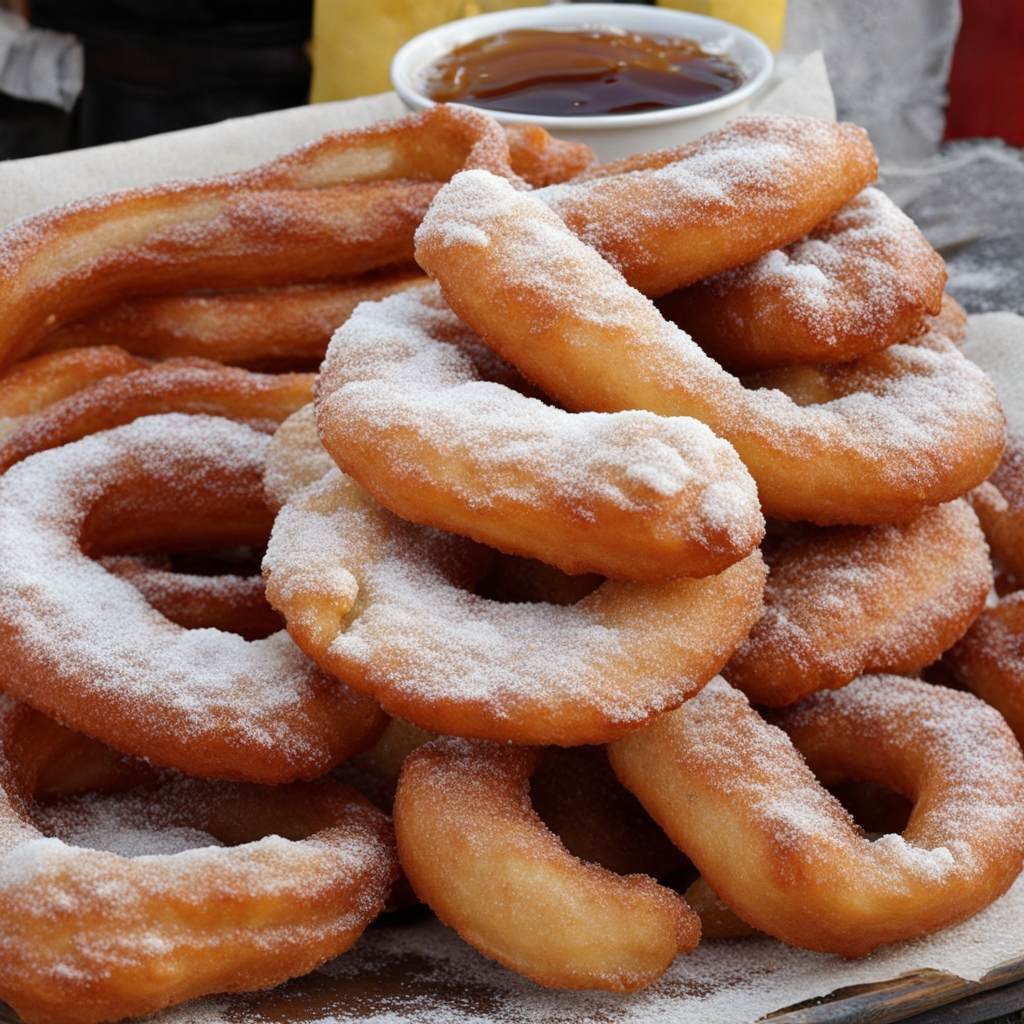Pljeskavica
Pljeskavica is a traditional Balkan dish that has captured the hearts of food lovers with its rich flavors and hearty textures. Originating from the region, particularly popular in Kosovo, this grilled minced meat patty is often made from a blend of beef, lamb, and pork, seasoned with a variety of spices that enhance its natural juiciness. The meat is typically shaped into a large, flat round patty, which is then grilled over an open flame, giving it a smoky char that perfectly complements its savory profile. The grilling process infuses the meat with a crispy exterior while maintaining a tender and succulent interior, making each bite a delightful experience. Served alongside a variety of accompaniments, Pljeskavica is often accompanied by fresh bread, onions, and a selection of tangy condiments such as ajvar (a roasted red pepper spread) or yogurt. Its versatility allows it to be enjoyed in different ways, whether as a sandwich or as part of a mixed grill platter. The combination of warm, freshly baked bread with the flavorful patty and zesty toppings creates a harmonious balance of flavors and textures that is both satisfying and comforting. Each component plays a crucial role in enhancing the overall taste, making it a complete meal that reflects the culinary traditions of the region. In addition to its mouthwatering flavor, Pljeskavica embodies the spirit of communal dining that is prevalent in Kosovo's culture. Often enjoyed at family gatherings and celebrations, this dish brings people together, allowing for sharing and connection over a delicious meal. The experience of savoring Pljeskavica goes beyond just the taste; it’s about the warmth of fellowship, the joy of discovery, and the celebration of rich culinary heritage that makes this dish a must-try for anyone looking to explore the diverse flavors of the Balkans.
How It Became This Dish
Pljeskavica: A Culinary Gem of Kosovo Pljeskavica, a beloved dish in the Balkans, particularly in Kosovo, is more than just a type of grilled meat patty; it is a symbol of cultural identity, culinary tradition, and social gathering. This dish, often referred to as the "Balkan burger," boasts a rich history that intertwines with the region's complex socio-political landscape, agricultural practices, and communal lifestyle. Origins The roots of pljeskavica can be traced back to the Ottoman Empire's influence in the Balkans during the 15th century. As the empire expanded, it brought with it a variety of culinary traditions, including those centered around grilled meats. The word "pljeskavica" is derived from the Serbian verb "pljeskati," meaning "to clap," which reflects the method of preparation: the meat is pounded into a flat, round patty. Traditionally made from a mixture of minced beef, pork, or lamb, pljeskavica also incorporates a variety of spices, including garlic, paprika, and pepper, which enhance its flavor. While its basic preparation remains consistent, regional variations have emerged, with some recipes calling for the addition of cheese or bacon within the patty itself. This adaptability speaks to the dish’s ability to evolve alongside the cultural practices of the people who cherish it. Cultural Significance Pljeskavica is not merely a meal; it embodies the hospitality and communal spirit of the Balkan people. In Kosovo, it is often served at family gatherings, celebrations, and communal feasts, reflecting the importance of food as a medium for connection and sharing. Grilling pljeskavica is a social affair, often taking place outdoors, where friends and family gather around the grill, sharing stories and laughter as they await the tantalizing aroma of meat cooking. The dish also plays a role in the cultural identity of Kosovo Albanians and Serbs, serving as a culinary representation of their shared history and coexistence in the region. In many ways, pljeskavica transcends ethnic boundaries, uniting people through a shared love for food. This significance is further amplified during festivals and national holidays, where pljeskavica takes center stage as a symbol of pride and tradition. Development Over Time As Kosovo navigated its historical challenges, including wars and political turmoil, pljeskavica remained a staple in the local diet, reflecting resilience and continuity in culinary traditions. In the 1990s, amidst the Kosovo War, food became a source of comfort and normalcy for many, and pljeskavica was no exception. Families would gather to prepare and share meals, fostering a sense of community and hope during difficult times. With the post-war reconstruction and the emergence of Kosovo as an independent nation in 2008, there was a renewed interest in traditional dishes, including pljeskavica. The culinary scene began to flourish, with restaurants and street vendors offering their takes on the classic patty. This resurgence allowed for greater experimentation, with chefs incorporating modern techniques and ingredients while staying true to traditional flavors. Modern Variations and Global Influence Today, pljeskavica can be found in various forms across the Balkans, with each region putting its unique spin on the dish. In Serbia, it is often served with ajvar (a pepper-based condiment), onions, and fresh bread, while in Montenegro, it may be accompanied by a side of salad and potatoes. In Kosovo, it is typically paired with a fresh salad and a dollop of creamy kajmak, a dairy product similar to clotted cream, which complements the rich flavors of the grilled meat. As migration patterns changed and the diaspora of Balkan communities spread across Europe and beyond, pljeskavica found its way into the culinary landscape of cities like Berlin, Vienna, and London, where it has garnered a wider audience. Food festivals celebrating Balkan cuisine have also contributed to its popularity, allowing people from diverse backgrounds to experience the flavors and stories behind this iconic dish. Pljeskavica Today In contemporary Kosovo, pljeskavica remains a beloved national dish, widely available in restaurants and street stalls. Its preparation has become somewhat of an art form, with chefs competing to create the perfect blend of spices and the ideal grilling technique. The rise of food tourism has also placed pljeskavica in the spotlight, with visitors eager to taste authentic Balkan flavors. In addition to its culinary appeal, pljeskavica has become a cultural ambassador, introducing people to the rich traditions and history of the Balkans. Food enthusiasts and travelers are drawn to its hearty flavors and the communal experience it fosters, creating connections that transcend borders and cultures. Conclusion Pljeskavica, with its humble beginnings as a simple grilled meat patty, has evolved into a dish that encapsulates the essence of Kosovo’s culinary heritage. It serves as a reminder of the resilience of the people, the importance of community, and the shared love for food that transcends ethnic and cultural divides. As it continues to adapt and thrive in a globalized world, pljeskavica remains a testament to the power of food as both sustenance and a symbol of identity. Through each bite, one not only tastes the rich flavors of the Balkans but also partakes in a shared history that spans generations.
You may like
Discover local flavors from Kosovo







